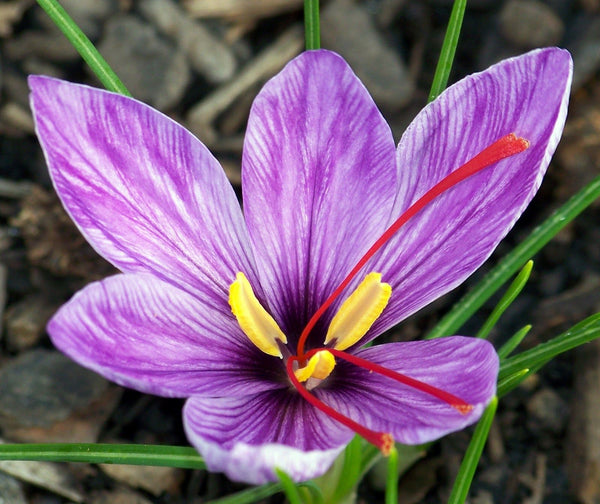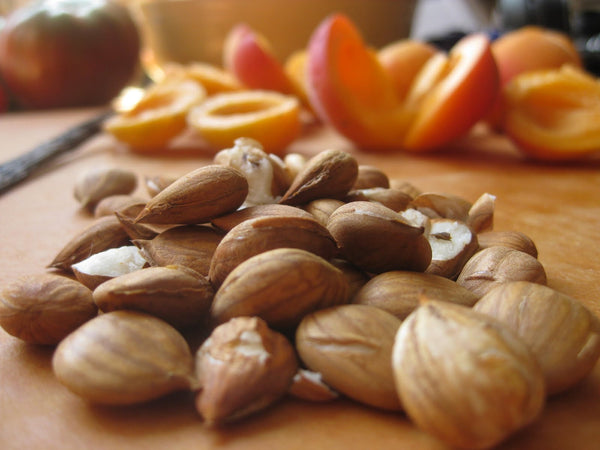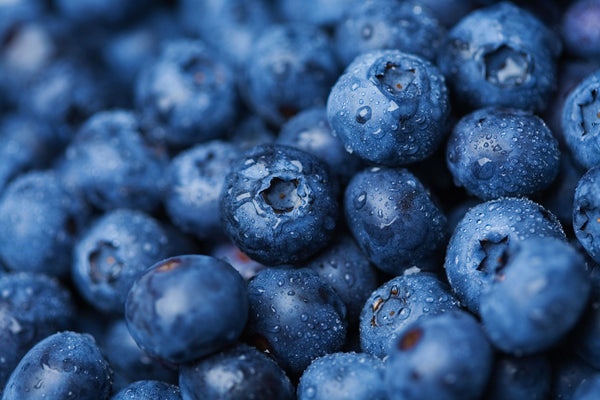
More than any other plant saffron is equated with its color. Saffron smells the way it looks. Just gazing upon the color of saffron you feel the sun rising and setting—it is liminal. Reaching into the realm of gold, the incorruptible and everlasting, and into the realm of blood, vigorous, active and mutable. The effusiveness of saffron brings arousal in the physical body and subtle body, rousing the second chakra; the tantric unity of opposites. The sacral fragrance and flowering of life made incarnate.
Roman brides wore the flammeum or saffron colored veil of Aurora, the goddess of dawn. Homer describes Eos’ garment as ‘krokopeplos’, the yellow-red garment of the goddess of dawn with the colors of her personification (Iliad 8.1). In Mesopotamia saffron was regarded as a color of divinity. Buddhist monks wrap themselves in saffron colored robes as a reminder of the light of truth that leads to enlightenment.
In Minoan culture a religion flourished based around the crocus flower and her stigmas. In one fresco a goddess, perched upon a rock, has injured her foot and her blood runs into the crocus flower and makes the stigma red. In Greek myth there are two stories of Crocus one of love and one of heart break. In the first tale Crocus was the beloved of Hermes and one day whilst playing together a terrible tragedy struck. Crocus was hit upon the head and mortally wounded. The heart-broken Hermes transformed his love into a flower, three drops of blood, which had fallen from the head of Crocus; became the stigmata of the flower. In the second tale Crocus was in love with the nymph, Smilax, and she did not love him in return. The gods taking pity upon Crocus transforming him into the flower, to relieve his grief, and Smilax was transformed into the thorny vine.
Aristophanes described saffron as a ‘sensuous smell’ (Clouds 51). It is rumored that Cleopatra bathed in saffron-infused mare’s milk before taking a lover to her bed. Dioscorides’ recommends mixing saffron with myrrh for a multitude of disorders (De Material Medica 1.54). Used in Assyria for treating stomachaches and urinary disorders. Egyptians favored it for infections, inflammation, diarrhea and even as a contraceptive! Pliny felt saffron increased the efficacy of medicines “all these perfumes are rendered still more pungent by the addition of costus and amomum… and saffron makes them better adapted for medicinal purposes’ (Naturalis Historia 13.2.62). Saffron is still used today in a multitude of ways to support both the physical and spiritual bodies.
Folk Wisdom: Useful for depression, anxiety, Alzheimer disease, menstrual cramps, premenstrual syndrome, boosts immunity and has anti-inflammatory and anti-fungal properties. A natural anti-aging remedy, rich in Vitamin C, and Vitamin E. Deeply moisturizing and brightens dull skin, evens out skin texture and lighten dark spots, giving the skin a golden glow. A powerful antioxidant (useful for prevention and healing already damaged skin). Helpful in hot conditions including rashes and eczema. Excellent for nourishing and strengthening hair and as a scalp treatment.
…
Our organically crafted Saffron Oil, is produced by low temperature maceration (solar-infusion) of the vivid, crimson threads (stigmas) derived from the flowers of the Crocus sativus (commonly known as the Saffron Crocus) in organic cold pressed Sweet Almond Oil.
Part Used ~ Dried stigmas, macerated in organic almond oil
Origin ~ India (Kashmir)
1 fluid oz ~ please note this is hand labeled






